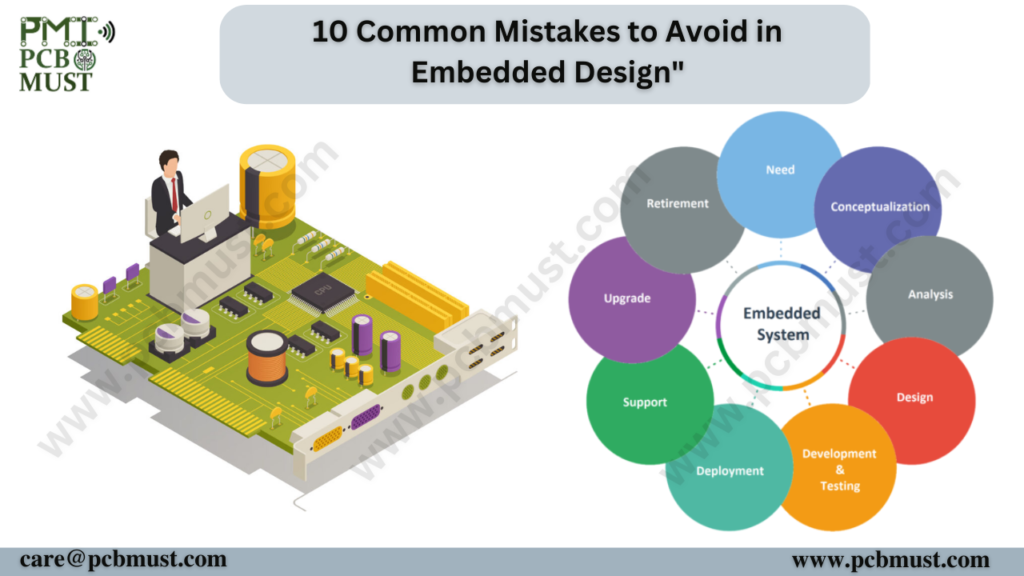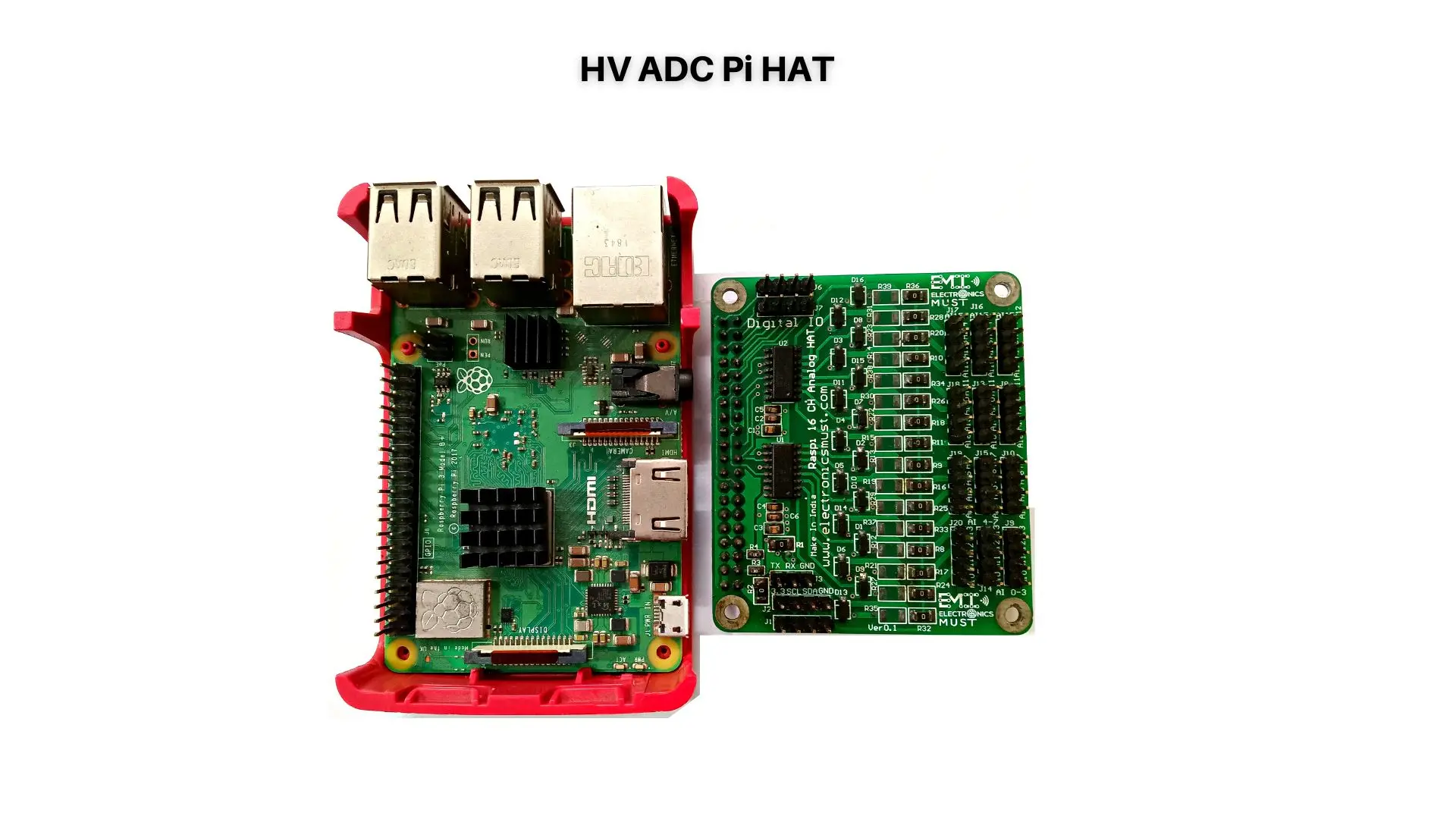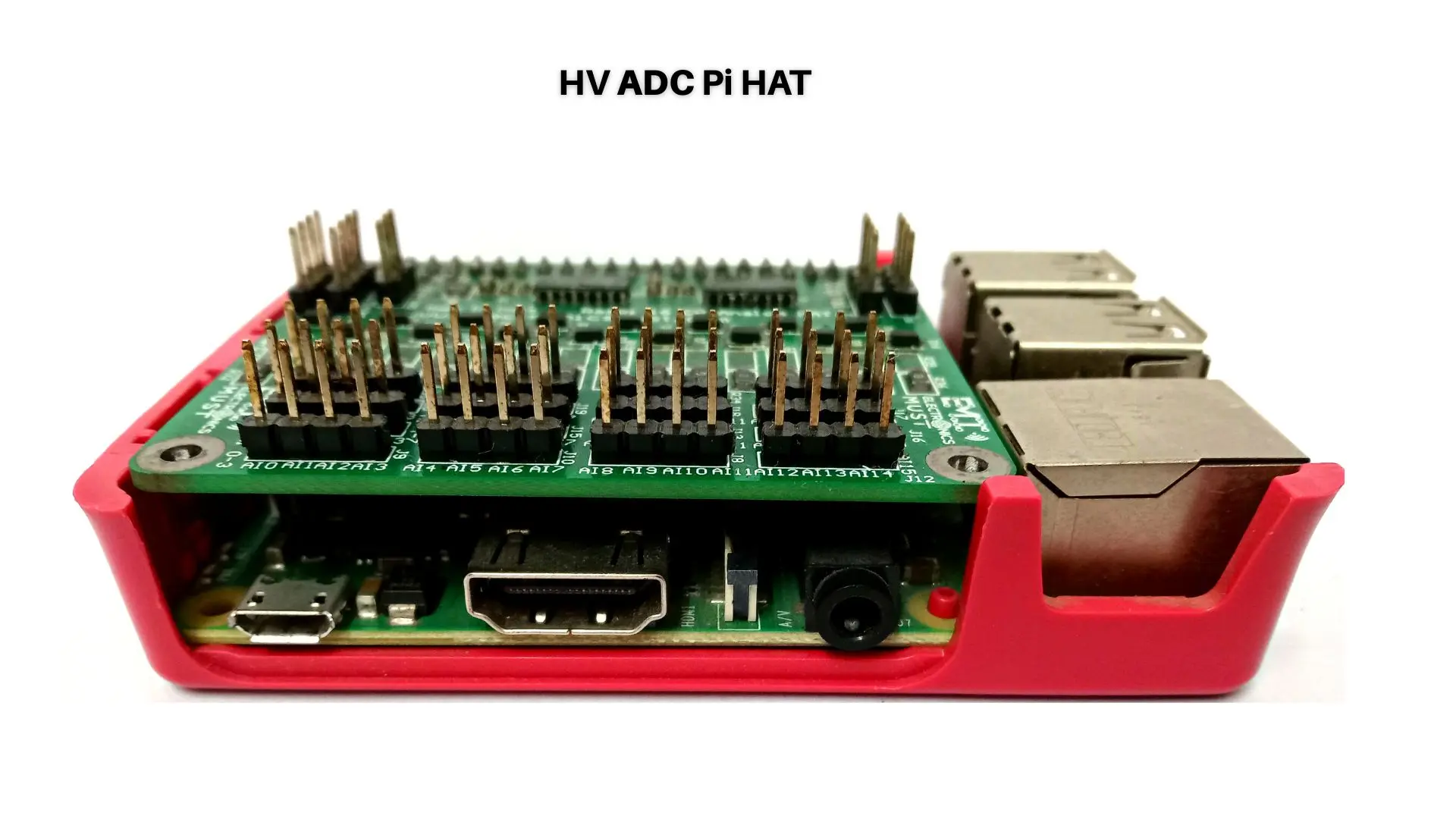Embedded systems have become an integral part of modern-day electronics. These systems are used in everything from medical devices to automobiles, and they require specialized knowledge and skills to design and develop. However, even experienced designers can make mistakes when working on embedded systems.Embedded design is a specialized field that requires expertise in both hardware and software development. It involves designing and developing electronic devices that are integrated into other systems. However, there are common mistakes that designers often make, which can lead to project delays, cost overruns, and even product failure. Here are common mistakes to avoid in embedded design:
1.Insufficient Testing
One of the biggest mistakes in embedded design is not testing the system adequately. Testing is critical in identifying bugs and ensuring that the system is functioning as expected. Without proper testing, the system may be prone to crashes or unexpected behavior.
2.Over Complicated Design
Designers may sometimes overcomplicate the system, adding unnecessary features or components that can make the system difficult to debug and maintain. A simple design approach can often be more effective and easier to maintain in the long run.
3.Poorly Managed Power Consumption
Power consumption is a crucial aspect of embedded design, and poor power management can result in reduced battery life or system instability. Designers should pay close attention to power consumption and implement strategies such as sleep modes to conserve power when the system is not in use.
4.Inadequate Security Measures
Security is a critical concern for embedded systems, especially those that handle sensitive data or operate in critical environments. Designers should implement adequate security measures, such as encryption and authentication protocols, to ensure that the system is secure.
5.Incompatible Hardware and Software
Mismatched hardware and software components can result in system instability and performance issues. Designers should ensure that the hardware and software are compatible and that any necessary drivers or firmware are properly installed.
6.Lack of Documentation
Designers should document their design process, including the specifications, schematics, and software code. Proper documentation can help to identify and resolve issues quickly and can be useful in future design iterations.
7.Inadequate Component Selection
The selection of components can have a significant impact on the performance and stability of an embedded system. Designers should carefully evaluate components for reliability, compatibility, and performance to ensure that they are suitable for the intended application.
8.Failure to Consider Environmental Factors
Embedded systems may operate in harsh environments, including extreme temperatures or exposure to moisture or dust. Designers should consider environmental factors and select components that can withstand these conditions.
9.Poorly Designed User Interface
The user interface is an essential component of any embedded system, and a poorly designed interface can result in frustration and reduced usability. Designers should consider the user experience and design an interface that is intuitive and easy to use.
10.Lack of Flexibility
Finally, embedded systems should be designed with flexibility in mind. The system should be able to adapt to changes in the environment or user requirements, and designers should consider the potential for future upgrades or modifications.
11.Not staying up-to-date with the latest technologies
Embedded design is a rapidly evolving field, and new technologies are continually being developed. Not staying up-to-date with the latest technologies can lead to outdated products and missed opportunities.
12.Not paying attention to thermal management
Embedded devices generate heat, and if not managed correctly, it can lead to system instability, reduced performance, and even component failure.
13.Failing to consider EMI/EMC
Electromagnetic interference (EMI) and electromagnetic compatibility (EMC) can affect the performance and reliability of your system. It’s important to carefully consider these factors and incorporate appropriate measures into your design.
Conclusion
Embedded design can be challenging, and even experienced designers can make mistakes. However, by avoiding these common mistakes and implementing best practices, designers can develop systems that are reliable, efficient, and effective. Adequate testing, simple design, proper power management, security measures, compatible hardware and software, documentation, component selection, environmental factors, user interface, and flexibility are all essential considerations in embedded design. By prioritizing these factors, designers can create embedded systems that meet the needs of their intended application and users.






